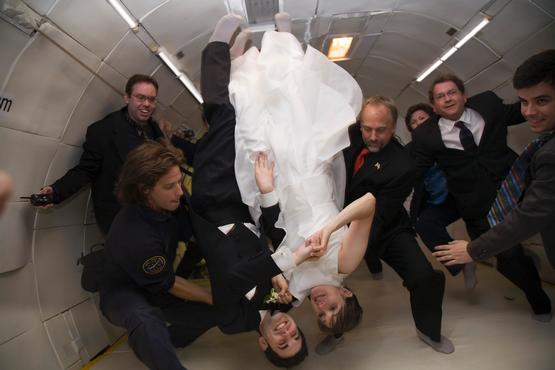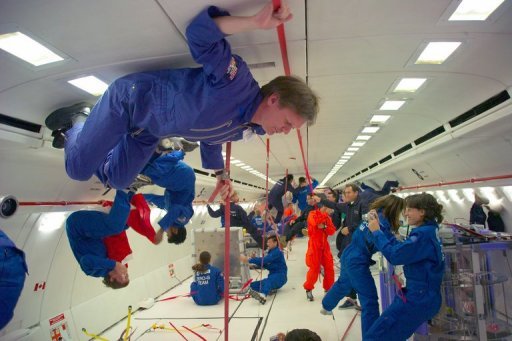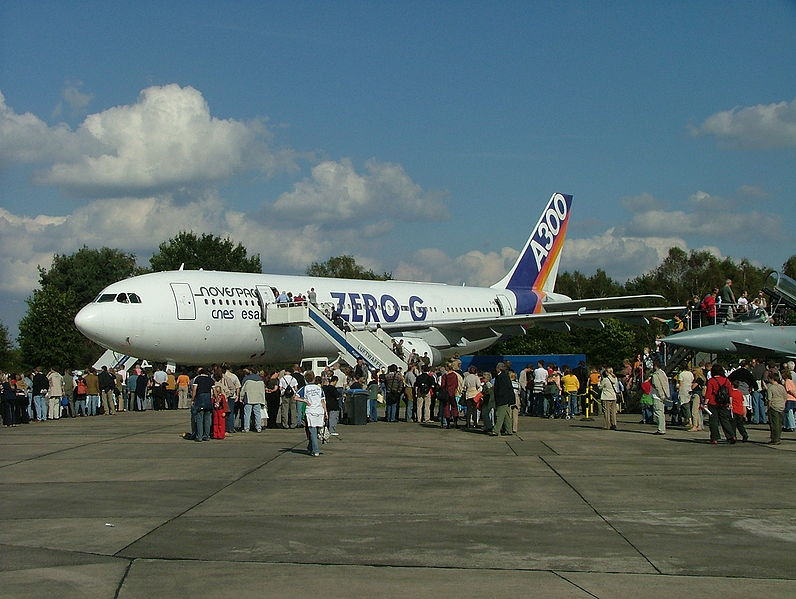‘Vomit Comet’ sets commercial flights in Europe
From March 15, Europe’s “Zero-G” aircraft will start commercial flights offering true weightlessness without going to space. The ZERO-G Experience is a once-in-a-lifetime opportunity to experience true weightlessness. On the specially modified Boeing, parabolic arcs are performed to create a weightless environment allowing to float, flip and soar as if the traveler is in space.
Zero-G is a reduced gravity aircraft, a type of fixed-wing aircraft that provides brief near-weightless environments.Versions of such airplanes, nicknamed Weightless Wonders or “Vomit Comet“, have been operated by the NASA Reduced Gravity Research Program.
The ZERO-G Experience is available starting at 5,980 euros ($7,770) per person and includes 12-15 parabolas, a ZERO-G flight suit, ZERO-G merchandise, a Regravitation Celebration, certificate of weightless completion, photos and video of the experience.
France’s National Centre for Space Studies (CNES) operates a specially-adapted plane with the firm Novespace, each of the flights carrying 40 adult passengers.
Before starting a parabola, G-FORCE ONE flies level to the horizon at an altitude of 24,000 feet. The pilots then begins to pull up, gradually increasing the angle of the aircraft to about 45° to the horizon reaching an altitude of 34,000 feet. During this pull-up, passengers will feel the pull of 1.8 Gs. Next the plane is “pushed over” to create the zero gravity segment of the parabola. For the next 20-30 seconds everything in the plane is weightless. Next a gentle pull-out is started which allows the flyers to stabilize on the aircraft floor. This maneuver is repeated 12-15 times, each taking about ten miles of airspace to perform.
In addition to achieving zero gravity, G-FORCE ONE also flies a parabola designed to offer Lunar gravity (one sixth your weight) and Martian gravity (one third your weight). This is created by flying a larger arc over the top of the parabola.




